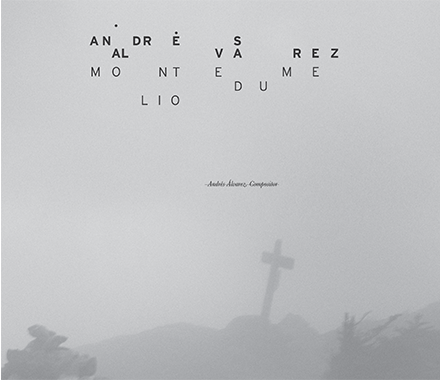Legend
The legend of Mount Medulio tells the story of the last battle between the Cantabrians, Astures and Galicians and the Roman Empire.
Surrounded by the enemy in the mountains, they had no choice but to await the arrival of the Romans. When they climbed over the moat they began to pelt them with stones and torches which soon set fire to the brush, making it harder for the Romans to climb the great Mount Medulio. Many inhabitants of different villages within the occupied territory of Lugo sought refuge at the top of Mount Medulio, unwilling to give up their freedom. Resources for defence ran low and they watched as many warriors lost their lives to arrows just metres away. There was no other way for them to keep their freedom. They had it all planned out; if they were to lose the battle they would not surrender to the Romans, they would fight to the death or kill themselves to preserve their liberty. The Romans began to arrive and were perplexed to find many of Lugo’s strongest and bravest warriors lying inactive on the ground with their families. They didn’t understand; they were hungry for blood and their rage peaked when they realized that the battle was over. A mass suicide for freedom. For the freedom of the realm of Gallaecia: the honour of the last and bravest Asture, Cantabrian and Galician warriors will never again be conquered.
Program notes
“Mount Medulio, the site of battle between the Roman troops and the last of the Asture, Cantabrian and Galician warriors in 22 A.C.” That is the legend on which this symphonic poem, finalist in the 3rd Galician Composition Contest, is based. Like every story with a beginning, middle and end, Mount Medulio delivers just that. Beginning in the morning with sunrise, it ends with the final homage to the brave warriors. The most exciting part, without a doubt, is the sound of the Roman troops, led by Gaius Furnius. The solid orchestration of the rhythmic-melodic material manages to pull the listener into the legend. One need not even mention that without the typical fanfare, this effect would be quite lifeless. The military march, thanks to the percussion, lends important weight to the idea of the battle as well as making the army seem more grandiose. This number gives way to the sweet melody of the oboe in harmony with the low brass, in the form of a patriotic anthem. The counterpoint and collaboration within instrument families gives these melodies an added fullness. This work was first performed in the Galician Auditorium in 2010 by the Galician Federation of Popular Music Bands.

